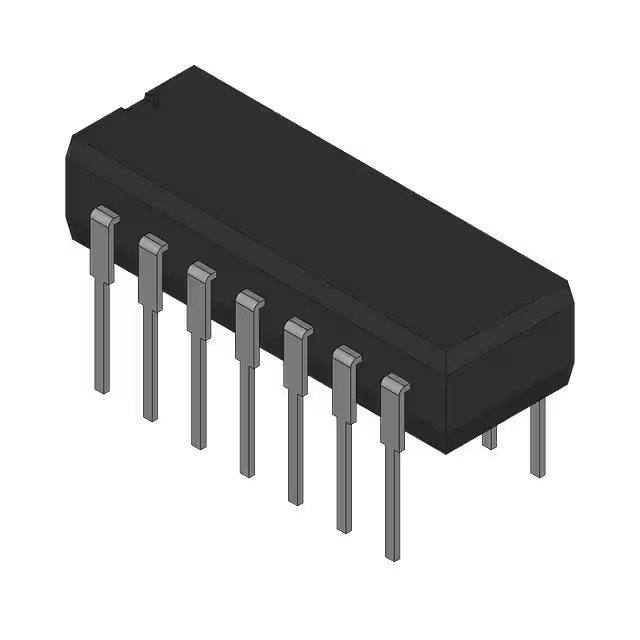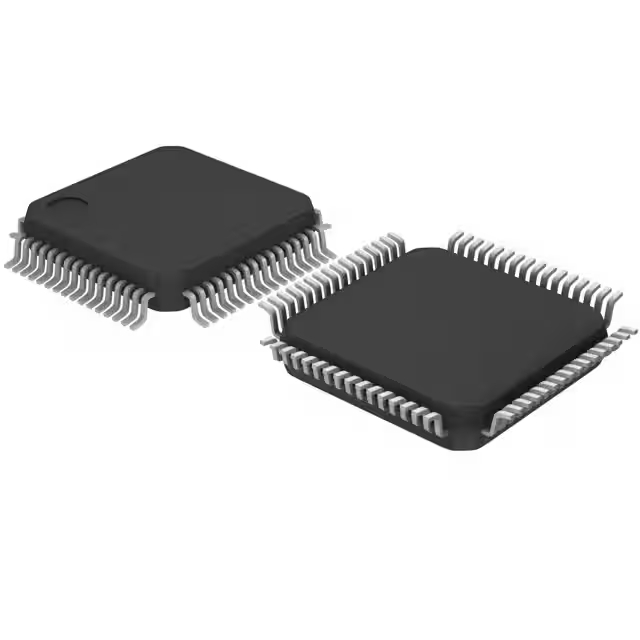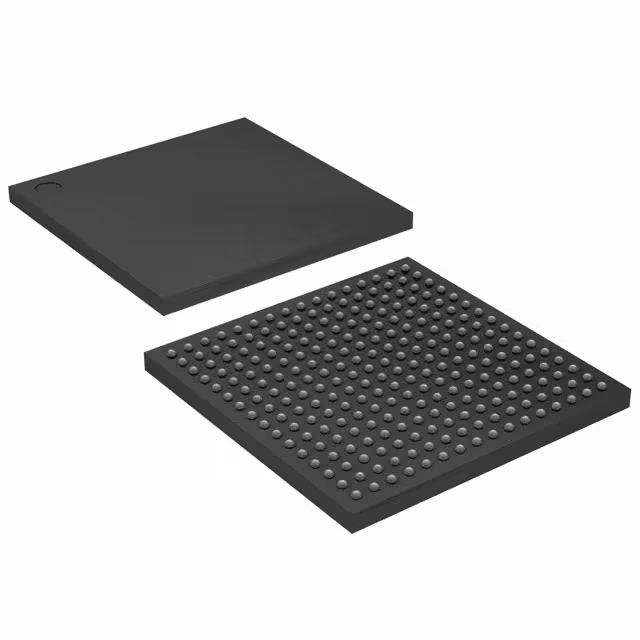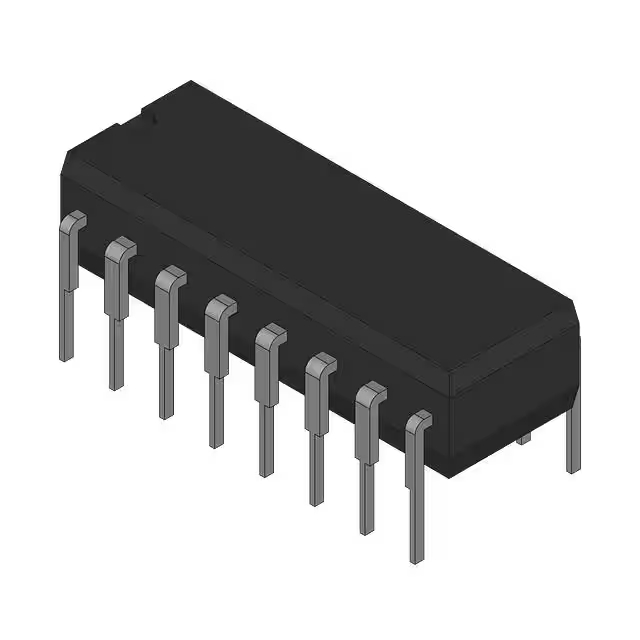LM317L calculator & pinout | circuit | datasheet
- Output Type: Adjustable
- Voltage - Input (Max): 40V
- Current - Output: 100mA
- Package: TO-226-3, TO-92-3 (TO-226AA)

FREE delivery for orders over HK$250.00

Quick response, quick quotaton

Flash shipment,no worries after sales

Original channel,guarantee of the authentic products
Linear Voltage Regulator – LM317L – Simply Put
Lm317l
The LM317L voltage regulator is super handy if you’re looking to set a precise output voltage anywhere between 1.2V and 37V. Just by tweaking a couple of external resistors, you can get exactly the voltage you need. It’s perfect for small-scale projects because it provides up to 100mA, making it ideal for low-power circuits. Another great thing about this chip is its stability—it handles changes in input voltage and load variations smoothly, ensuring your output stays steady. Plus, it includes built-in protection features like overheating and current overload shutdown, which keep your circuit safe if something unexpected happens. The low ripple and minimal noise also make this regulator excellent for sensitive analog circuits like audio gear and precision measurement tools. It’s widely used in labs, DIY electronics, audio equipment, and various consumer gadgets, making it a reliable choice for your next project.
Lm317l Pinout

| Pin Number | Pin Name | Description and Connection Method |
|---|---|---|
| 1 | ADJ (Adjust) | External resistor network for setting output voltage. Typically adjusted using two external resistors (R1, R2). A fixed resistor is usually connected between ADJ and OUT terminals, and an adjustable or fixed resistor is connected between ADJ and GND. |
| 2 | OUT (Output) | Provides regulated output voltage, directly connected to load circuits or devices. To ensure stable output voltage, it is recommended to connect a capacitor (typical value from 1µF to 10µF) at the output for filtering. |
| 3 | IN (Input) | Input unregulated voltage supply, usually at least 3V higher than the output voltage. It is advised to connect a capacitor (typical value from 0.1µF to 1µF) at the input terminal to reduce input voltage ripple. |
When setting up your LM317L regulator, make sure your input voltage is at least 3 volts higher than the output you’re aiming for. Don’t forget proper cooling if the voltage difference or current is high, and always add capacitors to both input and output for stable performance.
Lm317l Equivalent Regulator

| Parameter | LM317L | TLV317L | LM78L05 | LM2936Z-5.0 |
|---|---|---|---|---|
| Output Voltage Range | 1.2 V ~ 37 V | 1.2 V ~ 32 V | Fixed 5 V | Fixed 5 V |
| Output Current | 100 mA | 100 mA | 100 mA | 50 mA |
| Package Type | TO-92 | TO-92 | TO-92 | TO-92 |
| Dropout Voltage (Minimum Input-Output Difference) | Approx. 3 V | Approx. 1.25 V | Approx. 2 V | Approx. 0.2 ~ 0.4 V |
| Adjustable/Fixed Output | Adjustable | Adjustable | Fixed | Fixed |
| Protection Features | Thermal Shutdown, Overcurrent | Thermal Shutdown, Overcurrent | Thermal Shutdown, Overcurrent | Thermal Shutdown, Overcurrent |
| Applications | General Adjustable Power Supplies | Low Dropout Scenarios | Fixed 5 V Power Supply | Low Power Consumption, Low Dropout |
When you’re choosing an alternative to the LM317L regulator, it’s important to match your circuit’s specific needs. First, consider the voltage range you actually need and the voltage drop your circuit can handle. For instance, if your design needs a lower voltage dropout—meaning the input and output voltages can be closer together—the TLV317L could be your best bet. But maybe you’re just looking for a fixed voltage, like 5 volts? In that case, something simple like the LM78L05 or LM2936Z-5.0 might save you effort and reduce complexity. However, keep in mind that if your circuit pulls more current, avoid using something like the LM2936Z-5.0 since it might not handle heavier loads well. Also, double-check the pin configuration carefully before swapping out chips—this ensures your replacement works safely and smoothly without any unpleasant surprises.
Lm317l Adjustable Power Supply Schematic

If you’re looking at the “LM317L adjustable power supply schematic,” it’s pretty straightforward to build your own adjustable power supply. The LM317L chip is the heart of this circuit, and by using two resistors—one fixed resistor (R1 at 240Ω) and a variable resistor (R2)—you can easily tweak the output voltage anywhere from about 1.2V to 37V. Don’t forget to add a small capacitor (Cin, 0.1µF) at the input and another (Co, 1.0µF) at the output to smooth out ripples and improve stability. It’s a perfect setup if you’re running low-current experiments, especially in labs or classrooms.
Now, when you see the “LM317L voltage regulator circuit,” it highlights the LM317L’s main job—keeping voltage stable. Again, you’re using resistors R1 and R2 to set your exact voltage. Capacitors Cin and Co handle filtering, reducing noise, and ensuring stable output. This setup works great for sensitive circuits, sensors, or precision electronic instruments where stable voltage is crucial.
Lm317l Variable Voltage Vircuit Example
If you’re setting up a lab or classroom, the LM317L is perfect since you can easily tweak the voltage by adjusting external resistors. This flexibility helps you quickly test different electronic circuits or products under varying conditions. It’s also great for powering precision instruments like sensors, op-amps, or AD/DA converters that demand accurate, stable voltage—this reduces errors and ensures reliable performance.
If you’re charging small battery packs, such as low-capacity lithium or NiMH batteries, the LM317L makes creating a simple and dependable constant-voltage charger easy. It’s equally useful for powering low-power LEDs or indicator lights because you can fine-tune the brightness and extend the LED’s life. And if you’re a DIY electronics enthusiast building projects like audio amplifiers, radios, clocks, or other analog circuits, this regulator chip provides stable and consistent power, making your projects more reliable and easier to manage.
Lm317l Constant Current Source Circuit

If you’re looking to build a simple constant-current circuit, the LM317L regulator chip can be really handy. Although it’s typically used as a voltage regulator, with a specific wiring setup, you can easily turn it into a constant-current source. Here’s the basic idea: the LM317L chip has an internal reference voltage of about 1.25 volts. When you add a resistor (R1) to the circuit, this voltage creates a fixed current flowing through that resistor. The smaller R1 is, the higher your current; increase the resistor, and you’ll lower the current.
This setup is perfect for driving LED strings, keeping the brightness steady and prolonging their lifespan. It’s also great for safely charging small battery packs like lithium-ion or NiMH batteries with a constant current. Just remember your input voltage should always be at least 3 volts above what your load requires, and choose a resistor that can handle the power without overheating.




















